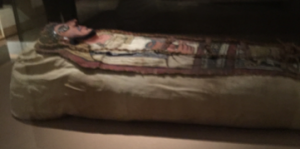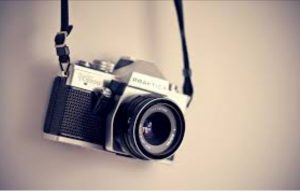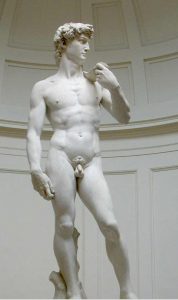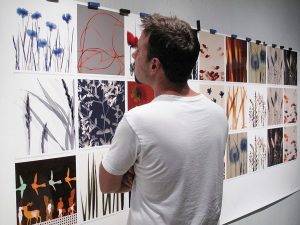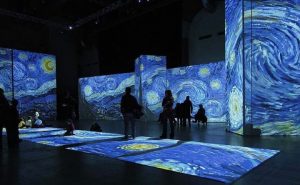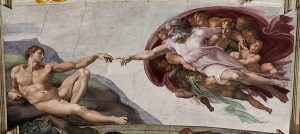Michael DeGennaro
Choose one artwork from the ancient world (your choice, but the BK Museum has a good selection of Mesopotamian and Egyptian art), use formal analysis to talk about the work and relate it to some of the concepts we have discussed in class.
This cartonnage/mummy was particularly eye catching to me because when I think of ancient Egypt, the mummification process instantly pops into my mind. As as a child, it is what mostly interested me when learning about the ancient civilization. Mummification and the preserving of the human body is an art form in itself, adding makeup, and trying to rejuvenate diminishing features is difficult. Though this piece of art is titled “Mummy of an Anonymous Man”, features that the artist chose to include can indicate his level of importance. On the exterior, the artist depicted a human head, whose eyes are wide open, glaring at his viewer. This shows that although their physical body has died, they are still alive and watching closely and intently from the afterlife. His skin is a dark red-brown skin color which in ancient egypt, represented outdoor life and pursuits of men. Red was also the color of precious stones which can indicate his value. The artist chose to groom the man very sharply and neatly, similarly to the neatly groomed, though much longer beards we looked at in class, which can indicate his status in society as well. The faded burgundy patch on his shoulder is an ancient symbol for holiness, which the artist chose to include as a sign of his possible God-like value. The gold necklace, as well as the sold idea of being preserved alone indicated that you are apart of the upper class, and your legacy will live on in the after life.

